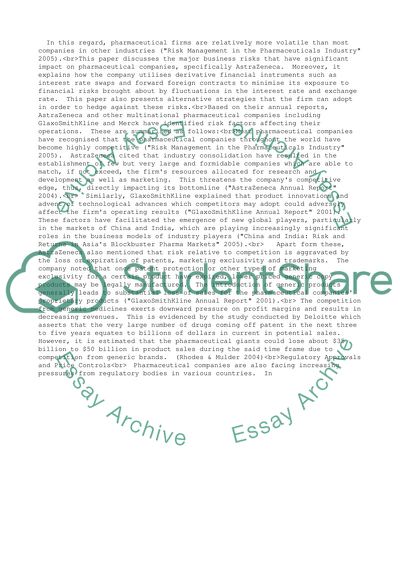Cite this document
(“Risk Management and financial derivatives Essay”, n.d.)
Risk Management and financial derivatives Essay. Retrieved from https://studentshare.org/business/1523050-risk-management-and-financial-derivatives
Risk Management and financial derivatives Essay. Retrieved from https://studentshare.org/business/1523050-risk-management-and-financial-derivatives
(Risk Management and Financial Derivatives Essay)
Risk Management and Financial Derivatives Essay. https://studentshare.org/business/1523050-risk-management-and-financial-derivatives.
Risk Management and Financial Derivatives Essay. https://studentshare.org/business/1523050-risk-management-and-financial-derivatives.
“Risk Management and Financial Derivatives Essay”, n.d. https://studentshare.org/business/1523050-risk-management-and-financial-derivatives.


